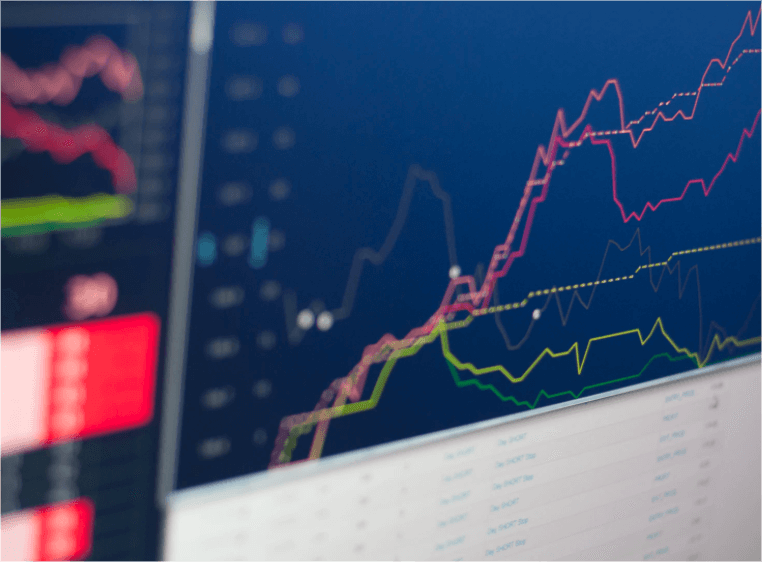What are active-ETFs?
Most investors would have heard of an Exchange Traded Fund (ETFs). These are securities investors can buy or sell on an exchange, such as the Australian Stock Exchange (ASX). However, unlike a share, when you purchase an ETF you are not buying part of a businesses. You are buying a portfolio of various shares that generally track an underlying index, such as the top 100 US tech stocks.

Over the past decade another form of ETFs has rapidly been growing in popularity. These are known as active-ETFs.
So, what are active-ETFs? Put simply, they combine active fund management (the type you’d get from an active fund manager) with the convenience of being traded on an exchange. Instead of simply tracking an index like a regular ETF, the underlying portfolio behind an active-ETF is actively managed by a team of expert fund managers.
Benefits of active-ETFs
Simple
For many investors, investing in a unlisted managed fund to gain exposure to active management can be daunting. For any ETF, active or passive, you buy and sell it like a share on the ASX. Open a brokerage account once. Trade as many ETFs as you like at the click of a mouse without any more forms.
Accessible
A typical managed fund has a minimum investment size that can be anywhere between $5,000 and $20,000. ETFs have no minimums and can thus be bought in smaller amounts.
Low cost
Investing in active-ETFs requires the payment of a standard brokerage fee, the same amount it would cost you to buy any share. Online retail brokerage costs are now extremely cheap, with numerous platforms offering compelling pricing.
When it comes to actual fund manager fees for ETFs, they are broadly similar to the equivalent strategies in a managed fund. Passive ETFs typically have lower fees than active ETFs, much the same way that passive managed funds have lower fees than active managed funds. None-the-less, transacting in ETFs is low cost.
Liquid
Unlike shares, ETF’s hold a basket of securities (such as shares or bonds) and the liquidity of the ETF is determined by the liquidity of the underlying basket of securities. On the ASX, rules only allow for liquid securities to be invested in active-ETFs and thus the liquidity of an active ETF is many multiples larger than the ‘on-screen’ ASX value traded in the ETF.
If all the investors in an ETF wanted to sell out of the ETF, the ETF issuer could sell the liquid basket of underlying securities to return the cash to the investors.
Transparent
ETFs are bought and sold at net asset value or NAV (less a bid/offer spread much like managed funds). There are no discounts or premiums to consider, which can exist with closed-end funds. ETF prices are quoted ‘live’ on the ASX all day and issuers of active ETFs publish an indicative NAV or iNAV that closely approximates the actual portfolio NAV during the day.
You know what price you’re buying or selling at. Unlisted funds by comparison typically offer end of day NAV for subscriptions and redemptions. Active ETFs are also required to disclose their full portfolio holdings. For some active ETFs this is only provided quarterly, but it’s still a higher level of disclosure than many other investment options.
See the range of active-ETFs offered by Pinnacle’s affiliate fund managers here.
Subscribe to our Newsletter
Subscribe to keep up to date with the latest information and insights.
